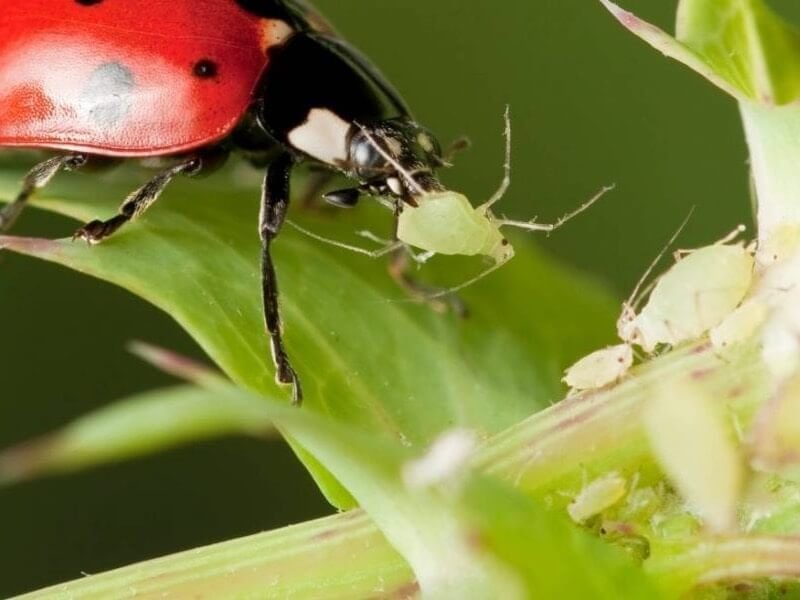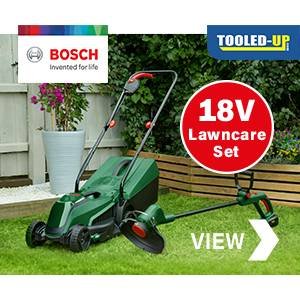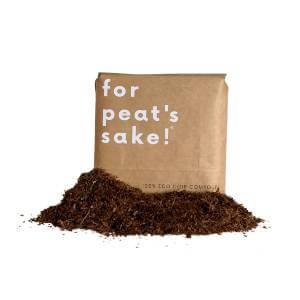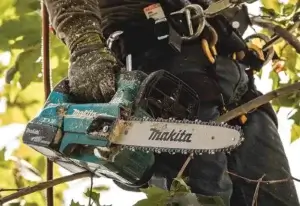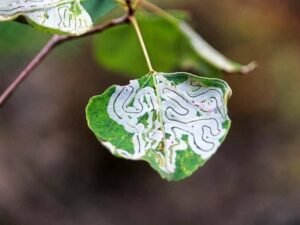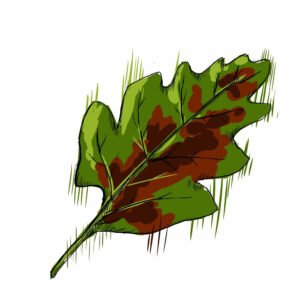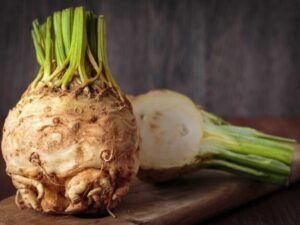The first sign of this pest problem is typically wilting or distortion of leaves, yellowing or even premature death of leaves and young plants. These are the one insect that will cause the most damage to your plants – so it is best to get on top of these as soon as you see them.
Quick Facts
Common name: Greenfly or blackfly (the colour is dependent)
Scientific name: Aphidoidea
Family: Aphidoidea
What do they look like?: Often invisible to the eye they can appear in a range of colours including white, green, gray, black, brown, yellow and pink. Adults are typically 1/4 inch in size and have pear-shaped bodies.

How to spot if you have aphids?
Although the common name of green or black fly these bugs do come in an array of colours; pink, yellow, mottled or white, although typically most are green hence their common name and they all usually grow around 1-7mm (¼ inch or less).
Some aphids may be waxy or have a woolly coating, and typically have a pear-shaped body. Most adult aphids will have antennas, and some may or may not have wings – some grow wings in populations on the plants are high and need to move to start a new colony. Many different varieties of aphids and the differentiation between the species require specialist expert advice.
Now how to tell if you have these; due to these pests being almost naked to the human eye, therefore, a few telltale signs which you may have noticed on closer inspection, the best way to search on young stems, under leaves or buds where you may see colonies of aphids hiding.
Physical appearances in your plants may start to alter, specifically in the places where you will find colonies, you may notice plants wilting or starting to distort (twisting in the leaves), yellowing on the leaves or even death in the worst scenario. If you’re wondering why they head to these parts of plants, well this is their preferred place to feed.
Another sign of aphids is honeydew on leaves and fruit, this is a sticky, sweet substance and the best sign to know if you have aphids. Due to this being a sweet substance, it will most likely attract a large number of ants to the surrounding infested plant – so be on the lookout for these as well!
Why have I got aphids?
You will typically find that aphids will first target unhappy plants before the aphid colonies start their attack because aphids and like most other pests will target weaker plants that lack vigour.
Plants can be weak for many things; overwatering causes the soil to become soggy or damp, or in contrast underwatering and lack of sunlight are a few examples of what can cause and is a weak plant. Using an excessive amount of nitrogen-rich fertiliser will encourage too much tender and leafy plant growth, which will attract aphids to your plants.
When repotting your plant, be sure to carefully monitor your plant for a few days to a week, the stress of being transported will make your plant vulnerable to aphids and other pests. Be sure when pruning your trees, plants or shrubs make sure you are not too drastic, if it is left too bare this will simulate the growth of pests (again making it vulnerable).
As you can probably guess there are quite a few reasons why your plants will be weak so do your best to keep your plant as happy as you, your plant will give you signals so make sure you look after them and hopefully get the aphids at bay!
It is also good to note that sometimes it isn’t through a weak plant but can be brought in from a cut flower or a new plant. Some can even fly through the windows or doors. Be sure to check out our articles on what to look out for when buying a new plant.
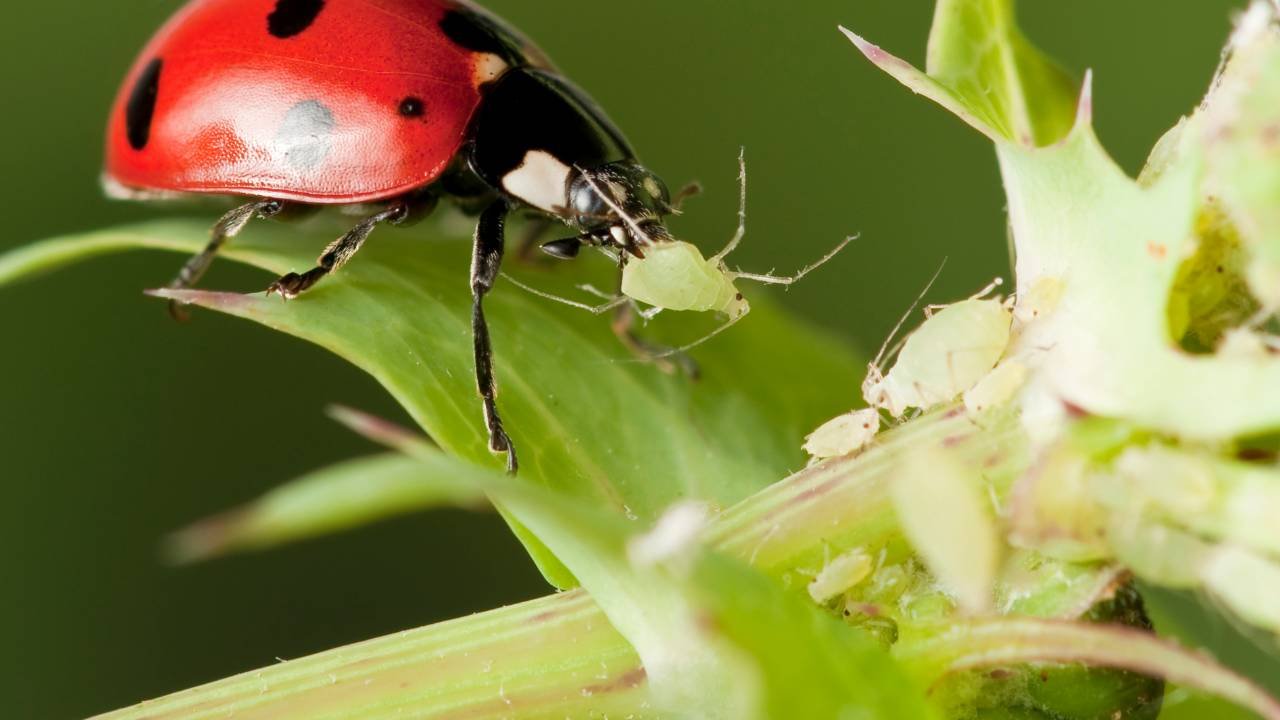
How to get rid of Aphids?
Once you have noticed either the aphids themselves or the honeydew substance on the leaves, you will want to act quickly to get rid of these. Below we have some pesticide and non-pesticide advice for you;
Using a hose or sprayer
Using a hose or placing it in the shower and spraying water over them can knock the aphids off to which they won’t return onto. This will also rinse off some of the honeydew stuck onto it. Keep spraying every day until it is aphid free.
Using natural enemies
Another suitable organic method is using the natural aphid enemies against them; this can only really be used in the garden, and when the infestation is medium to low levels.
These enemies are; lacewings or ladybirds (ladybugs) who will feed on the sugary aphids, to attract these enemies in plant mint, fennel, dill or dandelions in your garden. Hopefully, this should stop the aphids from multiplying. You can also try planting onion or garlic near as the smells will deter the aphids.
Neem Oil
Neem oil is an excellent use for inside the home, not only is it safe for children, animals and the plants themself. The best way to explain how this works is by using Azadirachtin acting as a repellent and reducing insects from feeding.
It also disrupts hormonal balance, meaning they moult to the next life stage.
Using your hands
A straightforward, maybe a bit time-consuming method is to pinch these off with your finger or thumb or prune the part of the highly infested plant.
Insecticide Soap
A cheap simple but effective way is to make your insecticide soap by mixing dish soap and water (4 or 5 tablespoons of soap per gallon of water).
Mix these two ingredients thoroughly together and with a spray bottle coat your infected plant all over evenly, ensuring this soap comes in contact with the aphids as this is the only way it will work.
Spray In the Greenhouse
If you notice aphids in your greenhouse spray affected plants with Neem oil. If this is not effective or the whole greenhouse is affected, spray with pesticide following the recommended guidance.
How to prevent aphids?
After there are a few tricks to prevent these pests from coming back again, let’s face it one you’ve got rid of them or nearly – we understand if you do not want them back.
Use Sticky card traps
We would firstly recommend sticky card traps; these are an ECO friendly, non-toxic and safe technique to capture insects that will ensure your plants won’t be harmed.
These are super easy to insert into the soil, and the double-sided adhesive stickiness will capture those that crawl or fly onto the card. Buying sheets of this card and laying around the top of the soil is another good way to monitor aphid invasions, but this will have to be used in conjunction with another method if you notice an infestation.
Either way, this is a quick and easy way to capture these pests. These are also highly effective for catching gnats, small fruit flies, whiteflies and thrips.
Avoid overfeeding plants
Try not to overfeed or over fertilise; aphids prefer plants with high nitrogen levels and where the new growth is soft.
Using organic fertiliser is the best prevention as this releases nutrients much slower.
Other unusual suggestions
Although not proven and we cannot also guarantee this some people say putting coffee beans or banana skins
In the Greenhouse
In a greenhouse, a good prevention technique is spraying them with a hose.
Regular Gardening
Keeping on top of your gardening duties is also an excellent way to prevent not only aphids but also other pests to remove any weeds where aphids could be hiding.
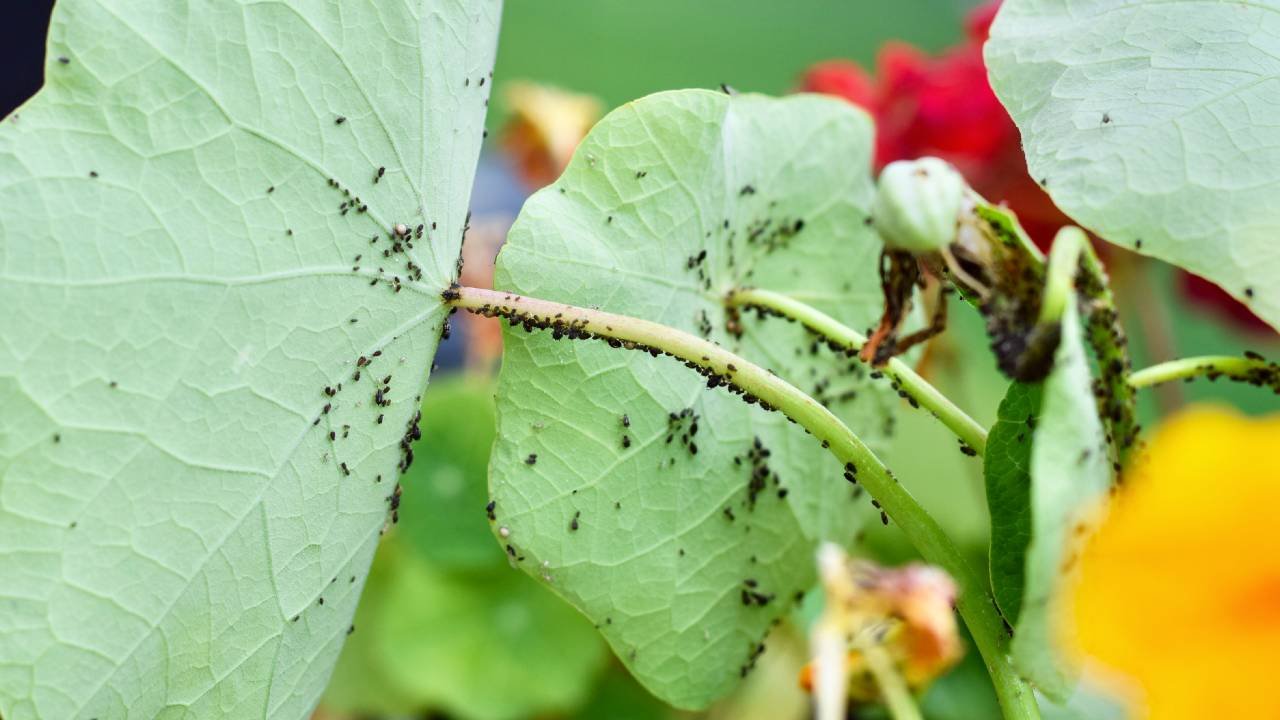
Potential damages to your plants
Aphids aren’t one of the most feared insects by gardeners for nothing, which shows their severity if left untreated. The worst damage they can do is spread viruses to your healthy plants, this can happen in a matter of seconds when colonies become too populated, so make sure you get on top of killing the aphids before they spread.
As these sap-sucking pests remove the phloem sap, this, in turn, weakens the plant, causing a metabolic imbalance and leaves twisting, wilting, and the loss of leaves in extreme cases. The honeydew that aphids leave on the plants if left on the infested plant can sometimes lead to your plant developing fungal growth.
This is called sooty growth which causes leaves and branches to turn black. If your crops become affected by aphids, you may notice the fruit or vegetables become distorted or deformed – essentially ruining your crop.
Aphids facts
Even though aphids are the worst they genuinely are fascinating creatures, which you will realise below;
- Most aphids are surprisingly wingless and cannot fly that is until they need them! If and when they have sucked a plant dry (no sap) or the plant has become too crowded they will produce a generation of alates – winged adults capable of flight. Although not the strongest wings they can with some skill find a new host plant.
- Female aphids can reproduce without actually having to mate with a male! Which makes sense as the only way they can survive is in numbers – especially with all the predators they have. This quick and easy way means they can massively increase numbers.
- What’s even more interesting is that some types don’t even have to give birth to eggs like many other insects. Instead eggs begin to develop as soon as ovulation starts without any fertilisation!
- You may have seen the word honeydew mentioned a few times in this article – well you are about to learn the truth of what this is… this is the sugary excess eliminated in a sugary droplet. So aphids are pooing sugar. Although sugary we would not recommend trying this out!
- A pregnant aphid can produce 50-60 offspring over a 20 day period each year.
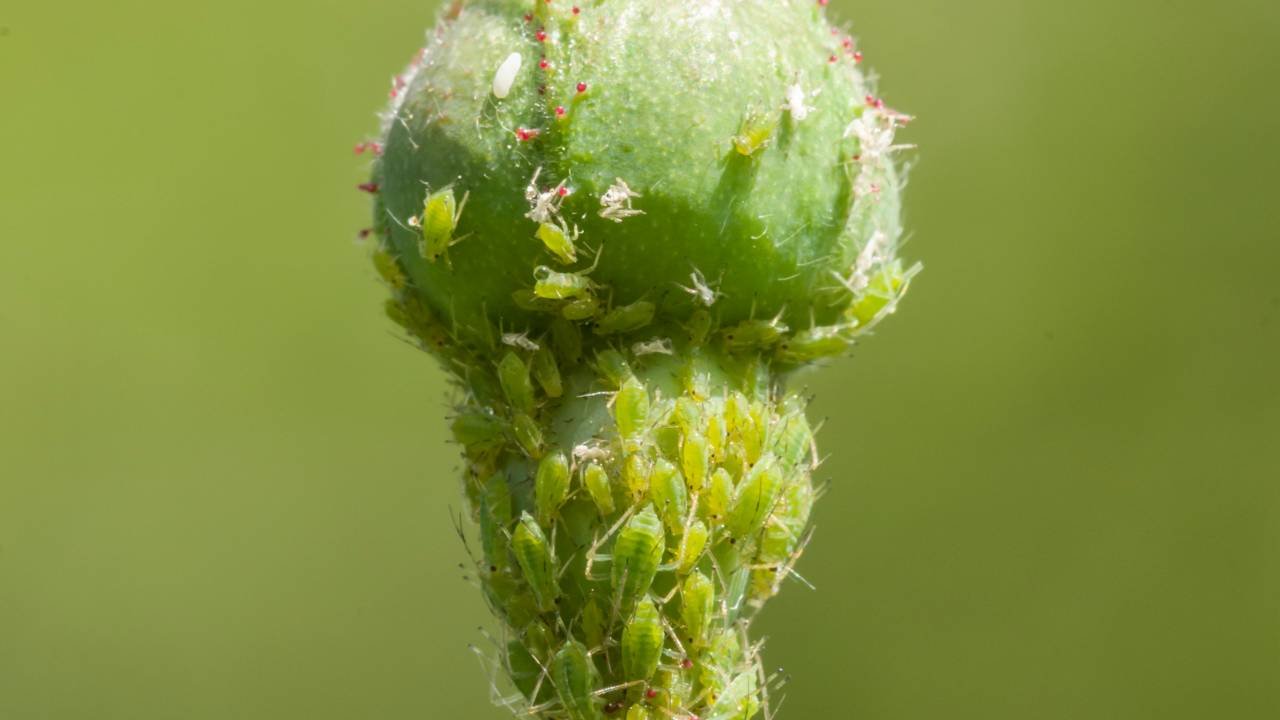
What plants are affected?
Some aphids will only feed on one or two types of plants, but others species can affect many other plants, including vegetables, fruit, green and houseplants.
The green peach aphid Myzus persicae is one of the most common species that feed on hundreds of plants across numerous families.
Be sure to monitor all of your plants indoors and outside; we would recommend once a week, for any minor changes they may have and look out for the symptoms above.
Let's go Shopping...
Products Coming Soon!


